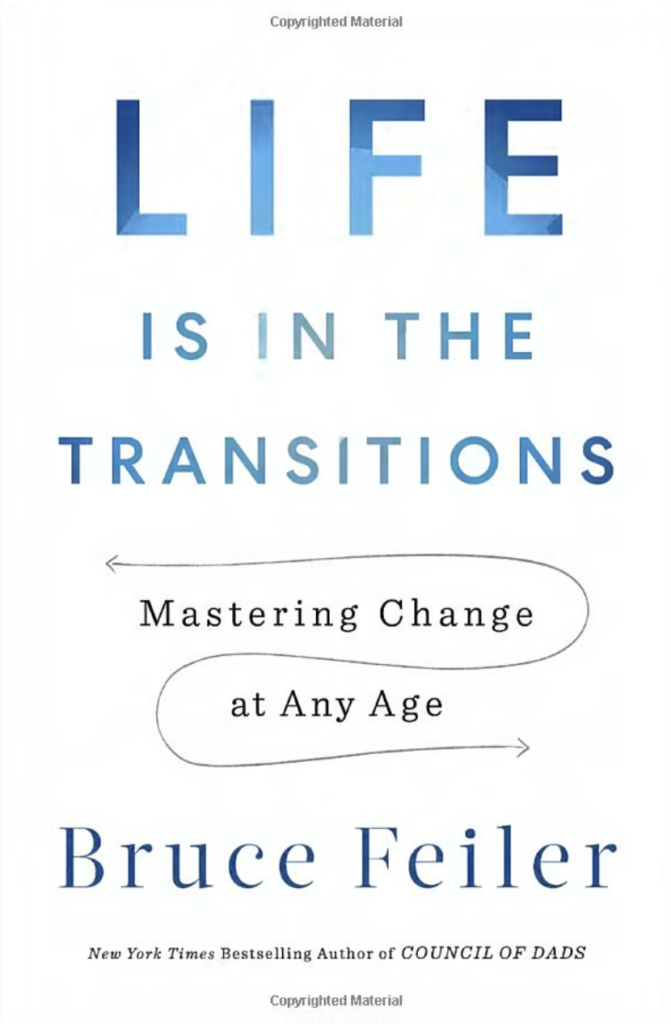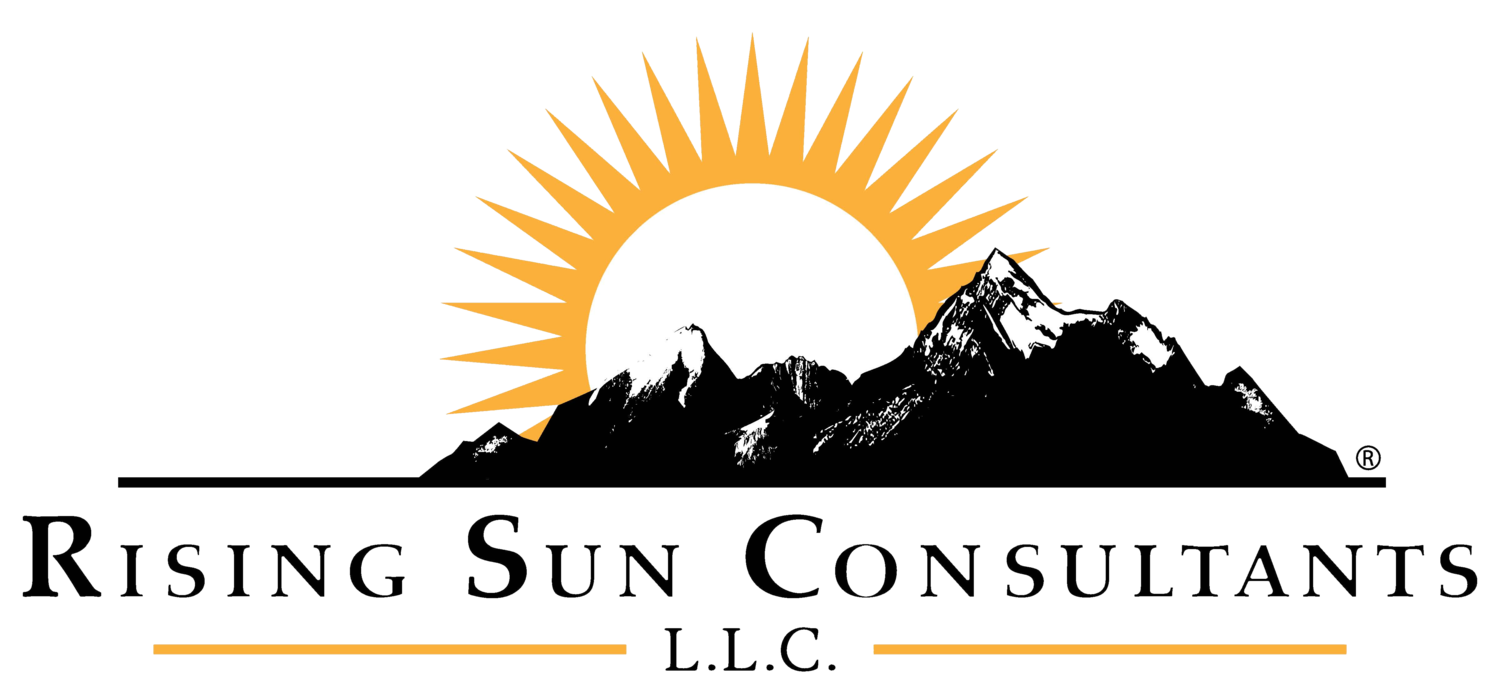BOOK FACTS
- Title: “Life Is in the Transitions: Mastering Change at Any Age”
- Author: Bruce Feiler
- Publisher: Penguin Press
- Copyright: 2020
- No. of Pages: 352
- No. of Chapters: 13
RATING (5 RISING SUNS IS A MUST READ – 1 RISING SUN IS LOW INTEREST IN READING)
- Readability: * 5 Suns
- Maintains Attention: * 5 Suns
- Applicability of Information: * 5 Suns
On Our Radar
On Our Radar this month takes a look at the book Life is in the Transitions by Bruce Feiler. Several years in the making, Feiler traveled the US, interviewing people of all ages and experience to gauge how the world handles change. What he learned is that life is full of what he calls disruptors…
Review
Disruptors are episodes in our life brought on by things like conflict, upheaval, or stress. Feiler estimated that “a person can expect to experience around three dozen disruptors in an adult life” or “an average of one every twelve to eighteen months.”
Feiler goes on to say that periodically, these disruptors evolve into a term he describes as a lifequake due to the devastation they cause. From a statistical standpoint, Feiler calculated that “the average person goes through three to five lifequakes over the course of their lives.” With an average duration of nearly five years, Feiler tells us that almost half of our lives are spent responding to and transitioning out of these lifequakes.
Feiler urges us to dismiss the notion that our lives play out in a series of planned events or time periods. Furthermore, lifequakes, like other episodes in our lives, bear no linear quality and can happen at any time.
While the natural desire is to avoid these moments, Feiler suggests we accept them and use them as a platform for self-discovery and meaningful transition.
He challenges the idea of the mid-life crisis and feels that based on this non-linear way of thinking, life’s ups and downs are constant. Our development as human beings is ongoing. Despite reaching different ages and milestones, they don’t always dictate a predetermined beginning or end.
Life in all its splendor and struggle is a series of twists and turns.
Pivotal moments can be unexpected, take varying amounts of time to play out, and affect all of us differently. What is concrete is our ability to learn from these periods in our lives to put us in a better position to handle future lifequakes when they inevitably occur.
Lifequakes can be voluntary, such as leaving a job or starting a new career; or involuntary, such as losing a loved one unexpectedly or being diagnosed with an illness. Regardless of their origin, Feiler shows us that these events happen to help us attribute meaning to our lives. Our perceived impact on the world can illustrate this meaning, the relationships we cultivate, or the underlying purpose we feel makes life worth living.
Feiler elaborates on these different forms of meaning by referring to them as the Me Story, We Story, or Thee Story, respectively. In other words, a transition can help us reach a deeper self-awareness; it can bring about new relationships and reinforce existing ones, and it can help us pinpoint the sole purpose of why and how we plan to live our lives moving forward. While change can be challenging and downright traumatic at times, the greater fear is letting these events pass by without identifying or reinforcing their meaning in our lives.
Steven Covey said, “It isn’t the changes that do you in; it’s the transitions.” Feiler echoes that sentiment to a degree. Transition formally requires us to end a part of our lives, navigate the uncertainty that follows, and then begin a new chapter. Some individuals, he says, will spend more time in one phase over another due to our natural abilities and resilience, yet all stages will take place.
Additionally, Feiler lists seven tools to aid in our transitions. Some may already be vital components in our existing tool belts, whereas others may require some dedicated practice to master. As you process through them, you definitely hearken back to similar benefits found in Emotional Intelligence.
However, they also provide various calls to action that urge us to venture outside of our comfort zones and to share our trials with others who might offer advice or take comfort in our story as they navigate their own transition.
Given Feiler’s desire to present these stories in their truest form, we should note the book does contain some strong adult language and controversial themes. Yet, his insights and lessons in transition are the real emphases behind not only his desire to write the book but our recommendation to read it.
Change has and will continue to be one of our most formidable physical and emotional challenges. Feiler shows us that change and its ensuing transition are more prevalent than we think, but they can also be a significant source of enlightenment, growth, and wisdom that can make our lives more meaningful and a story worth sharing.


